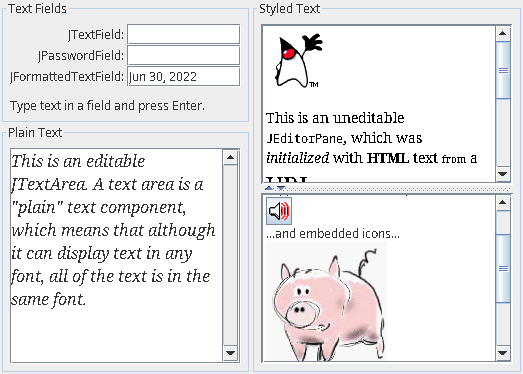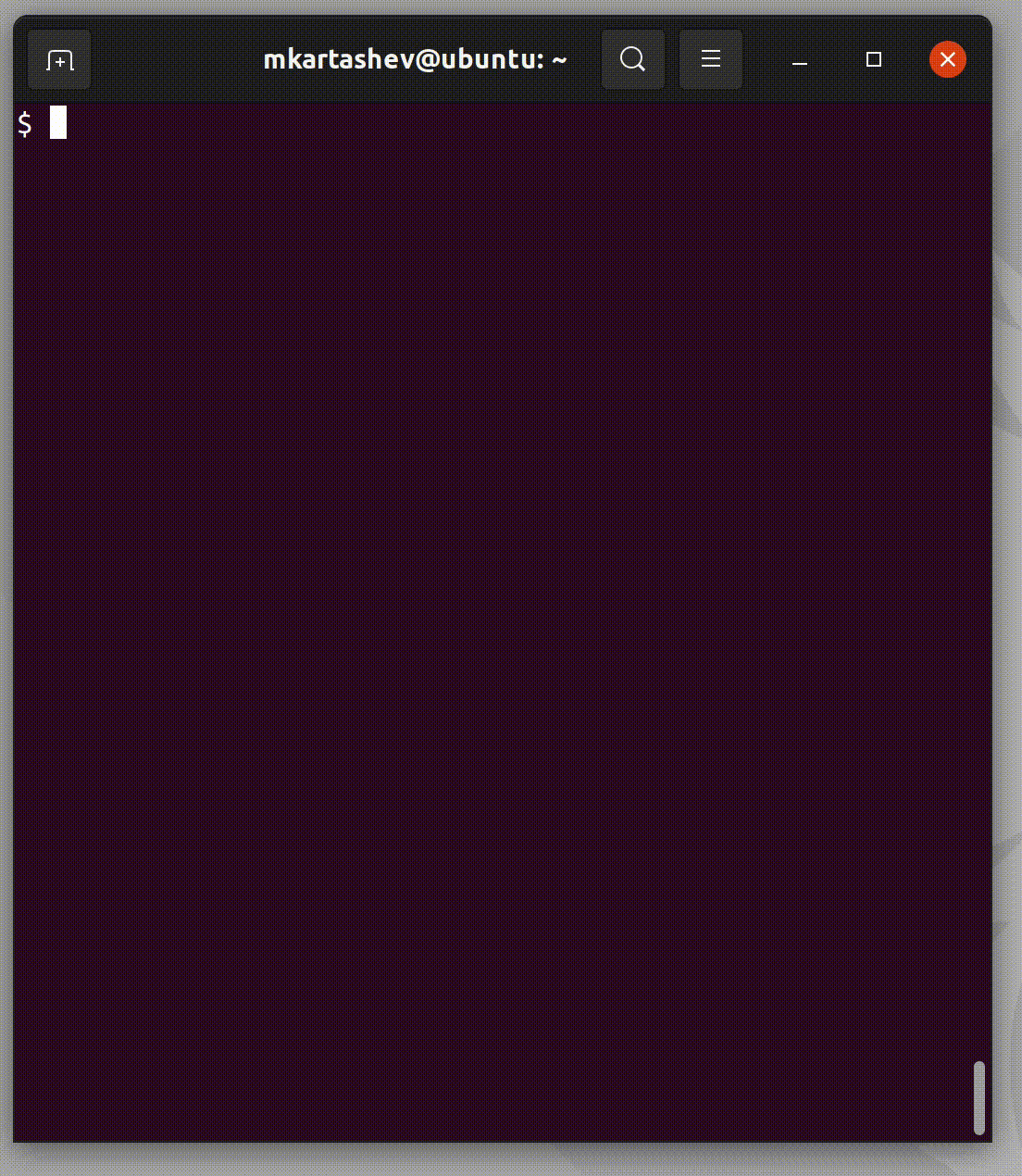
XWayland server provides limited capabilities for X11 desktop applications (see X11 Application Support and JDK-8269245). In order to get full support of the desktop features, we need to implement a pure Wayland client toolkit for java. Wayland architecture in many ways differs from X11, so we cannot reuse XAWT even for basic capabilities. The new toolkit should be implemented from scratch. Here are some major chunks of work:
Event handling
Dispatch native events on EDT, to avoid potential race conditions when the state is updated both from EDT and toolkit thread. See the full proposal here
Graphics devices support
Onscreen/offscreen Wayland surface management
Adopt OGL pipeline for rendering on Wayland surfaces
Implement a new rendering pipeline based on Vulkan (for better performance)
java.awt.Robot
Sending input events
Reading screen data (at least current java application windows)
Client-side decorations for windows
Swing internal frames rendering code can be reused
The prototype implementation of the pure Wayland toolkit (JDK-8281970) can be found in the Wakefield repository (pure_wl_toolkit branch). It uses software rendering loops to draw geometry primitives on Wayland surfaces. It supports the rendering of AWT Frame and Swing JFrame.
java -Dawt.toolkit.name=WLToolkit JFTest

The java.awt.Robot functionality is implemented in a somewhat roundabout way because it contradicts several basic principles of Wayland such as not exposing pixels after they have been composited. As a short- to mid-term solution, we intend to run tests in an instance of Weston (one such instance per test) that runs on top of X11. That instance of Weston requires a custom plugin libwakefield.so (source code is under src/java.desktop/share/native/libwakefield). A Java wrapper is available that helps to fire up and tear down Weston and set up WAYLAND_DISPLAY for the test. There is also a sample test test/jdk/java/awt/wakefield/ScreenCapture.java that can be run roughly as follows:
export LIBWAKEFIELD=/.../build/wakefield/libwakefield.so
jtreg -e:XDG_RUNTIME_DIR -e:LIBWAKEFIELD -testjdk:... test/jdk/java/awt/wakefield/
This was verified to work with Weston 9 on Ubuntu 21.10.
Text rendering has been implemented (JDK-8281970)
java -Dawt.toolkit.name=WLToolkit components.TextSamplerDemo

Keyboard and mouse input has been implemented:
Also, WLToolkit now has support for